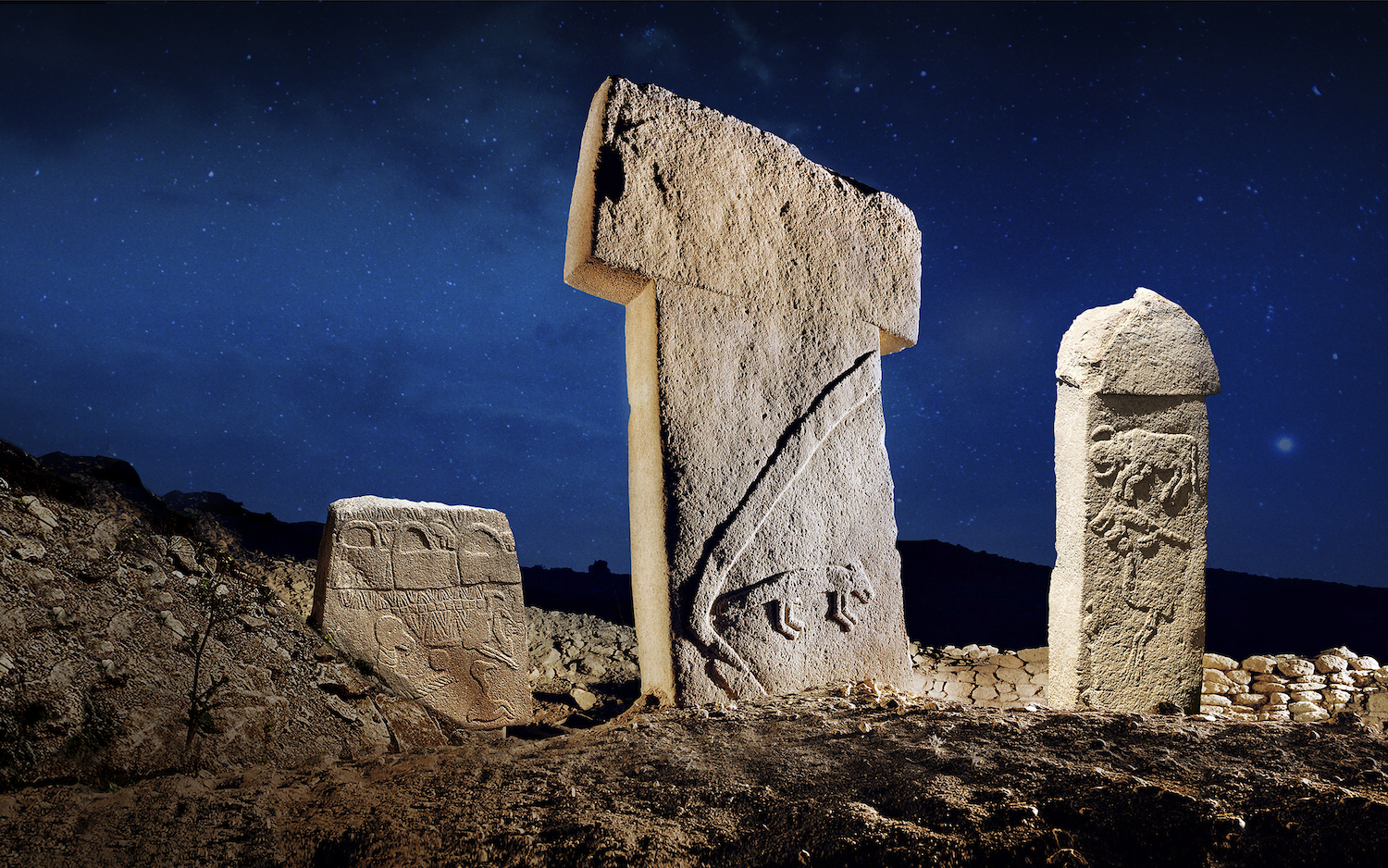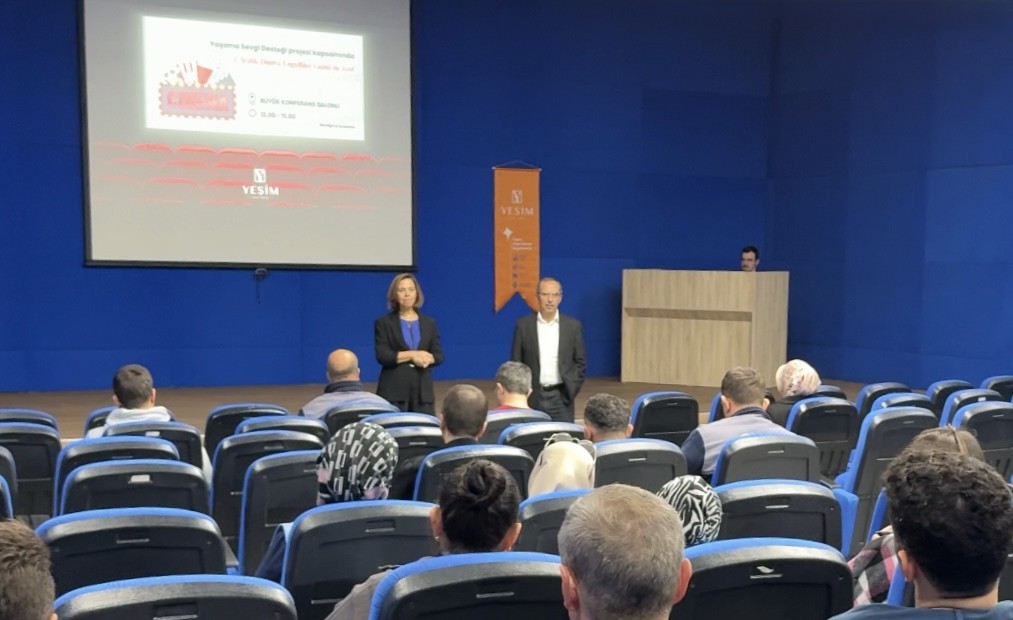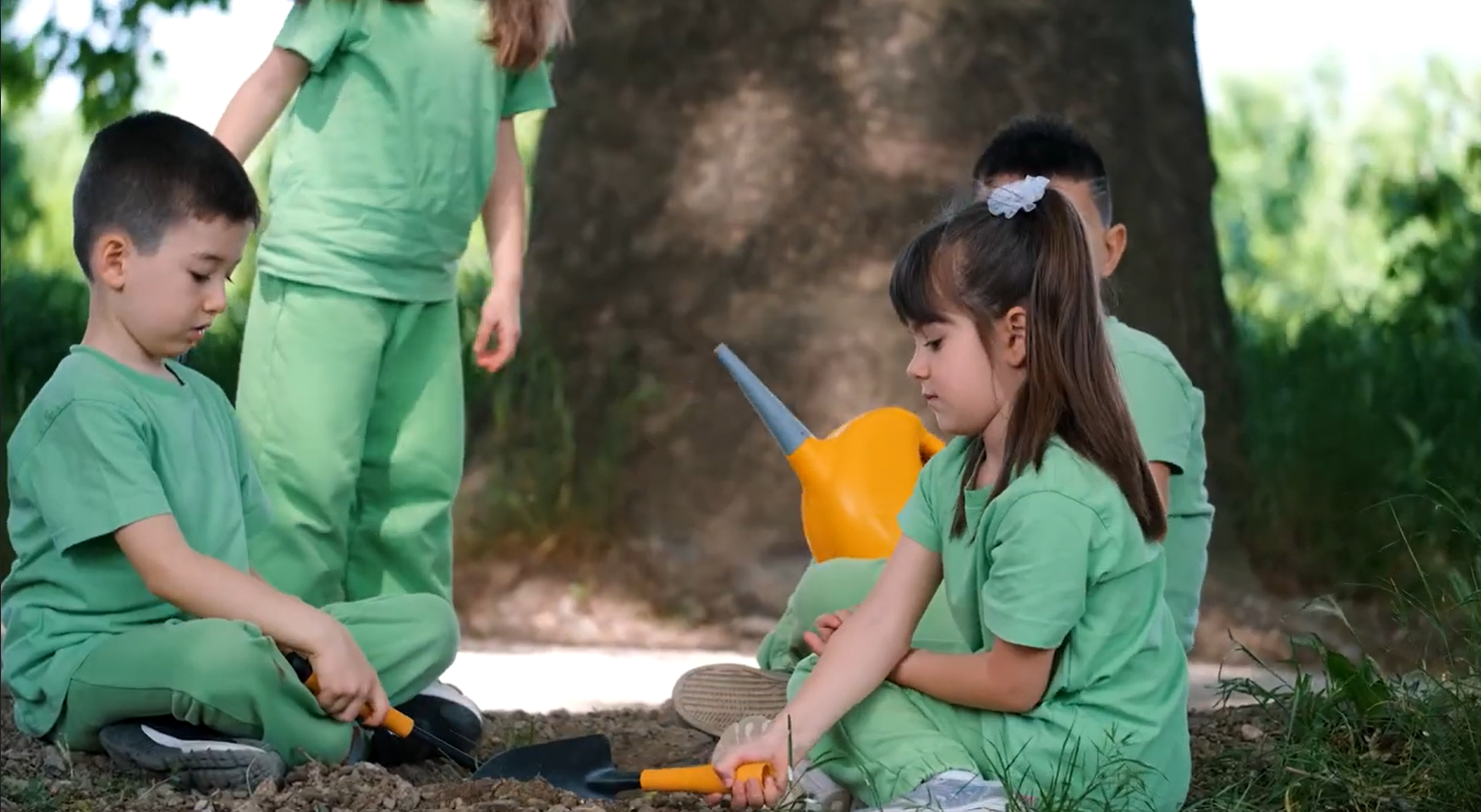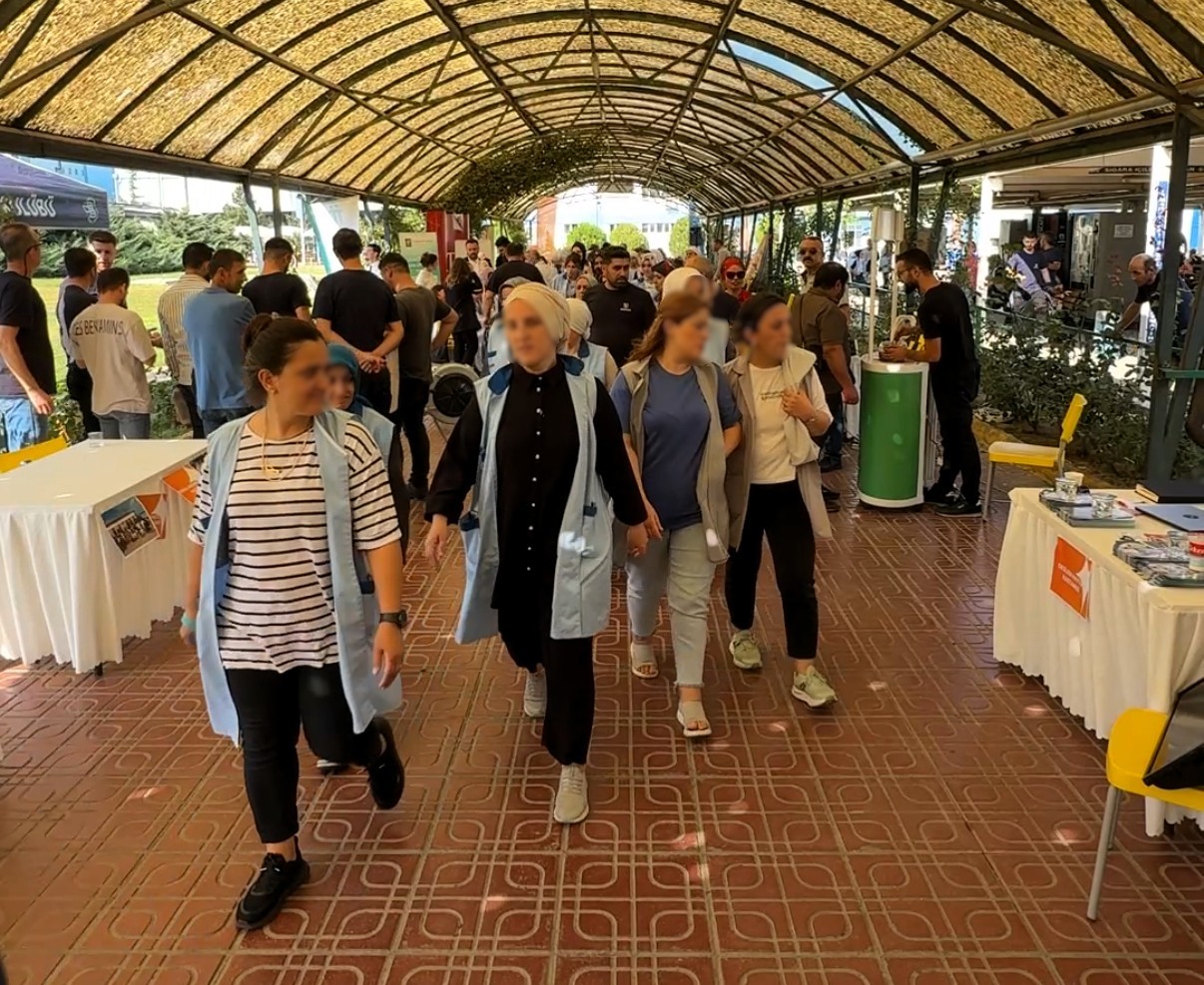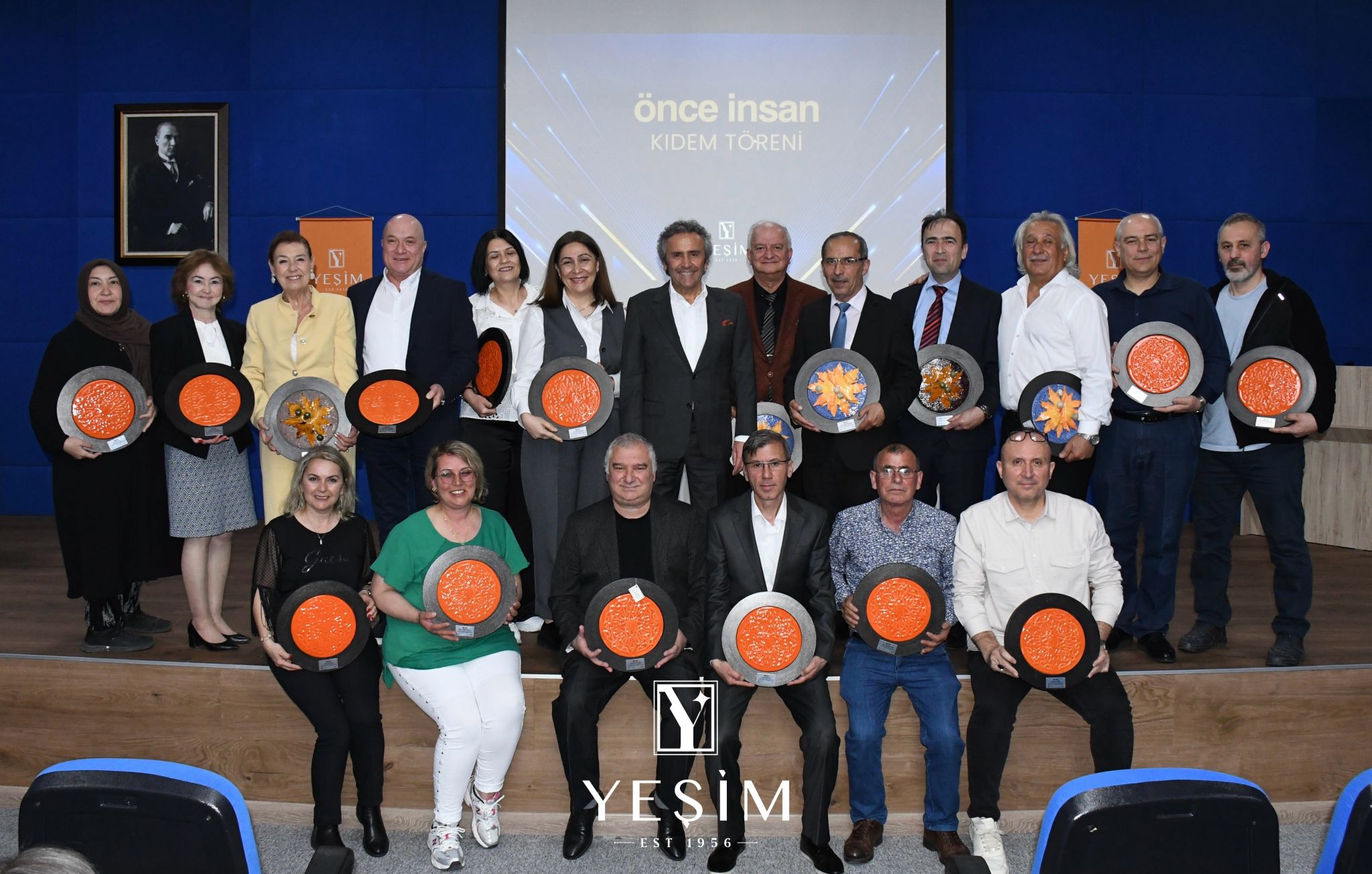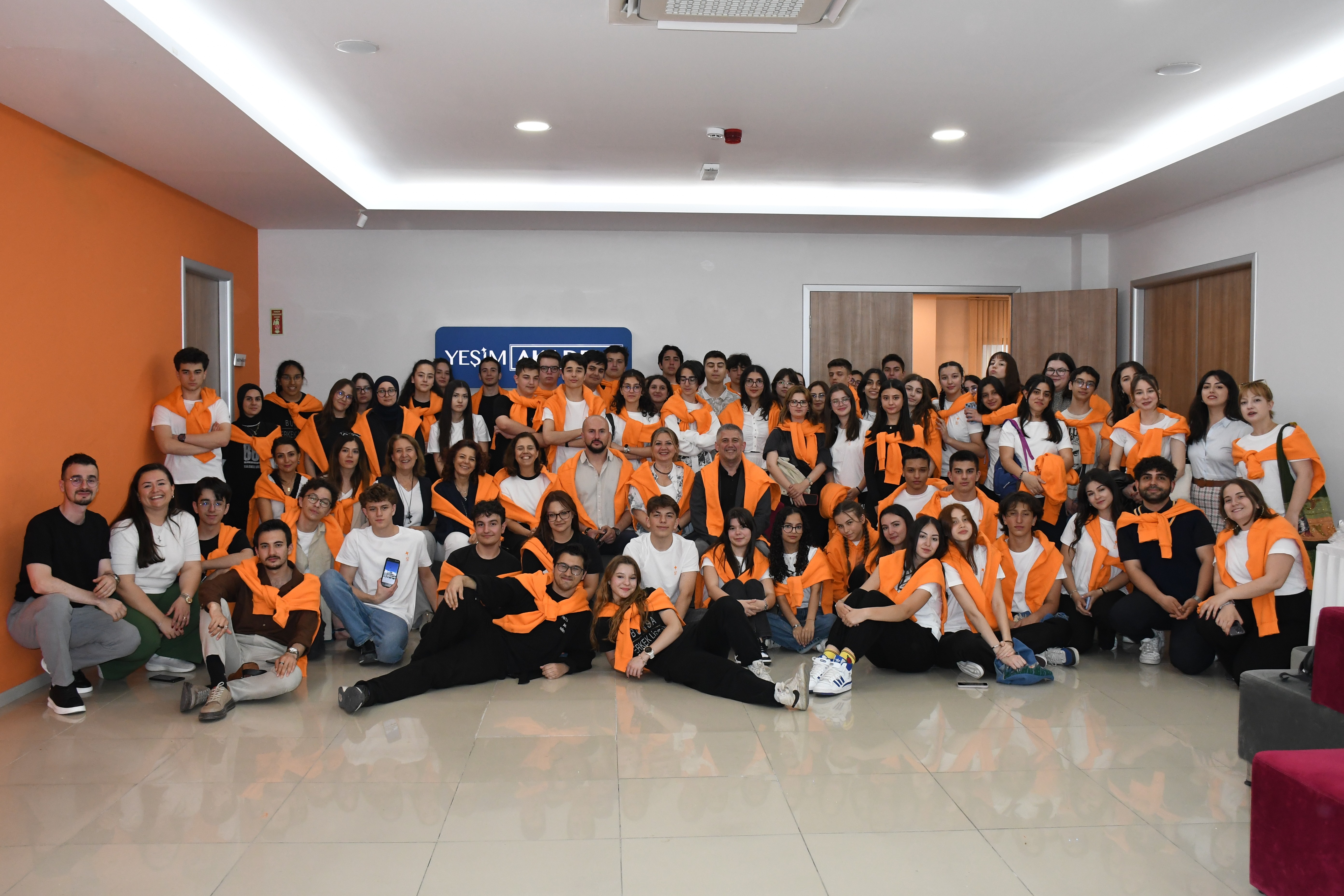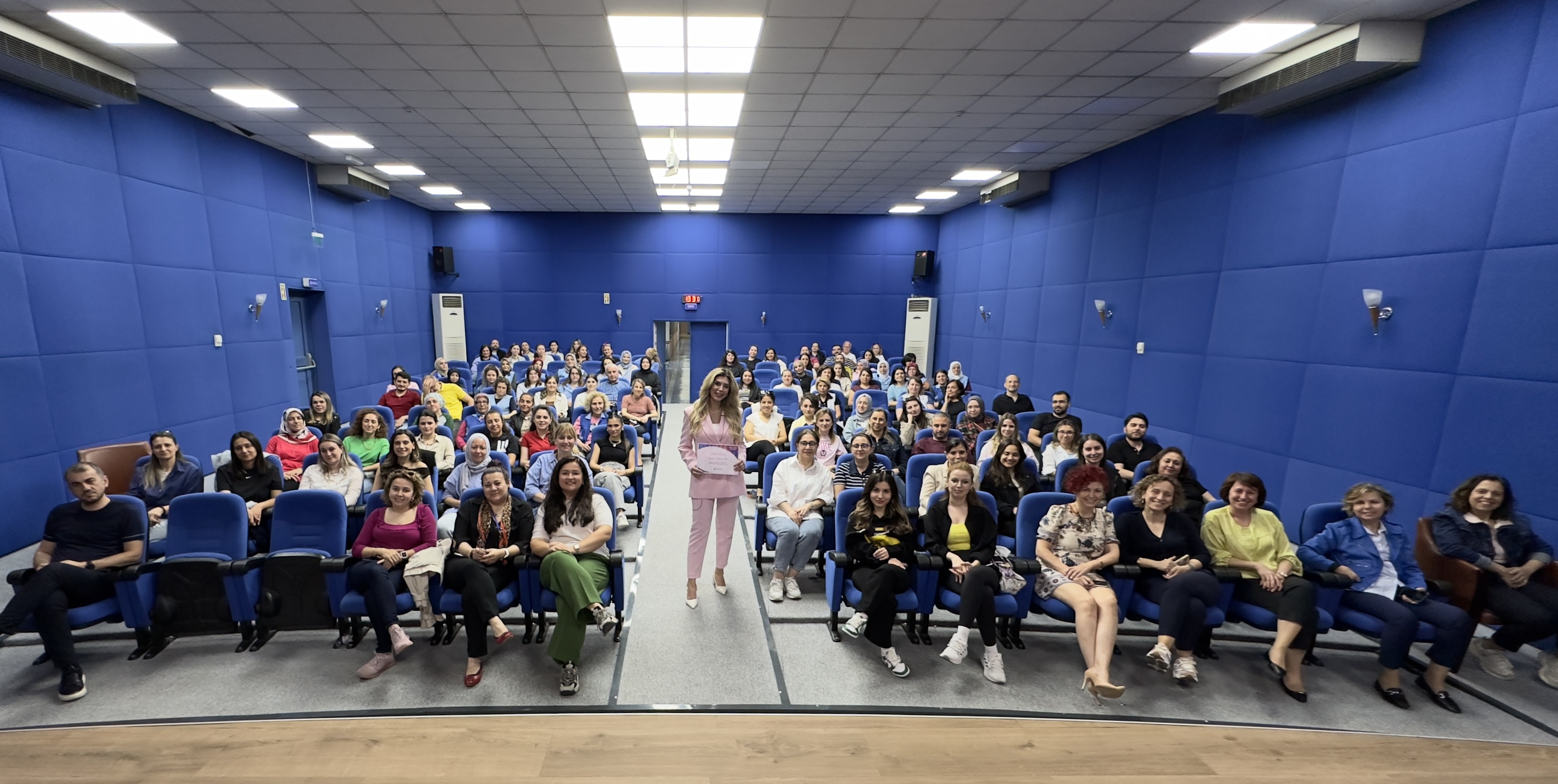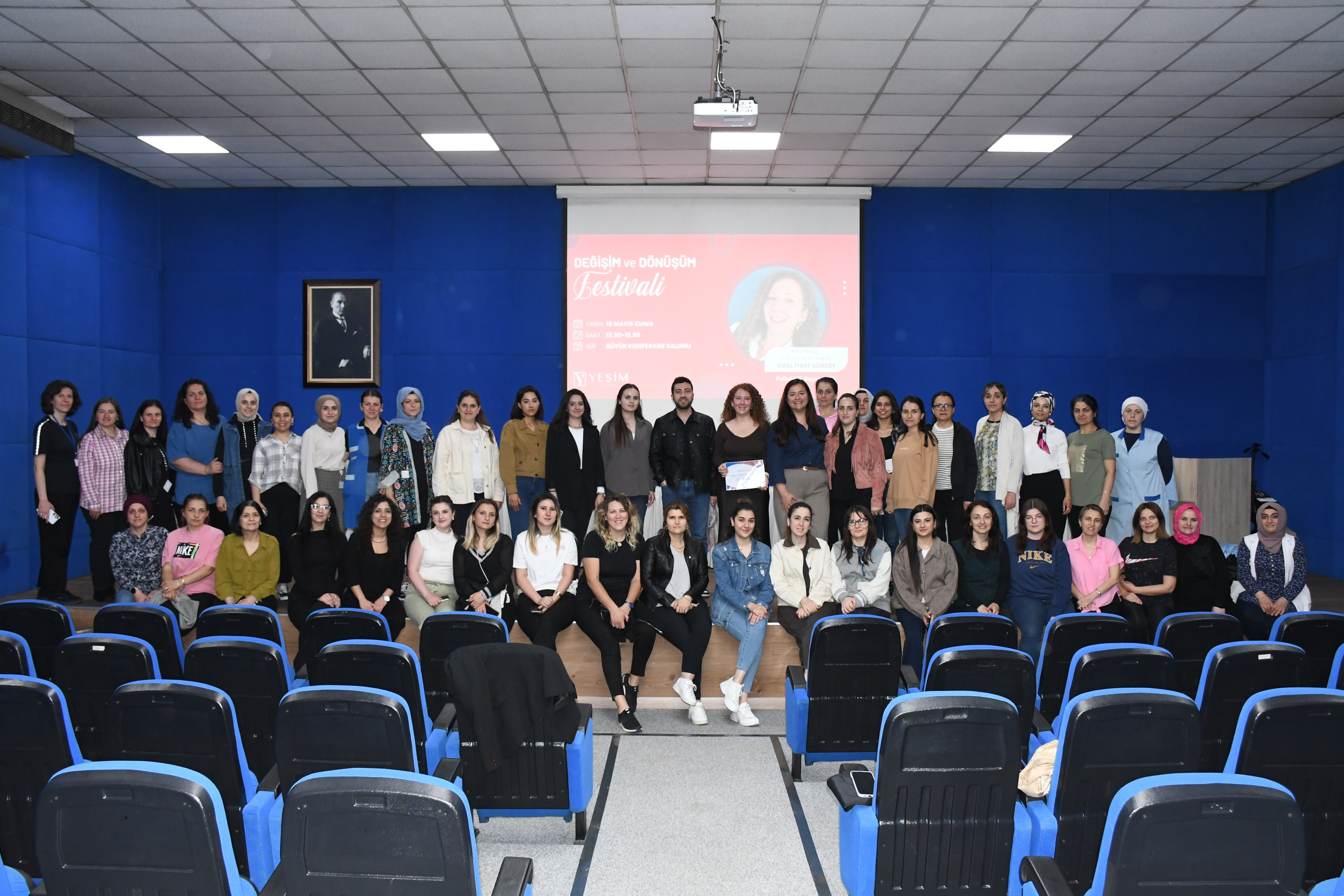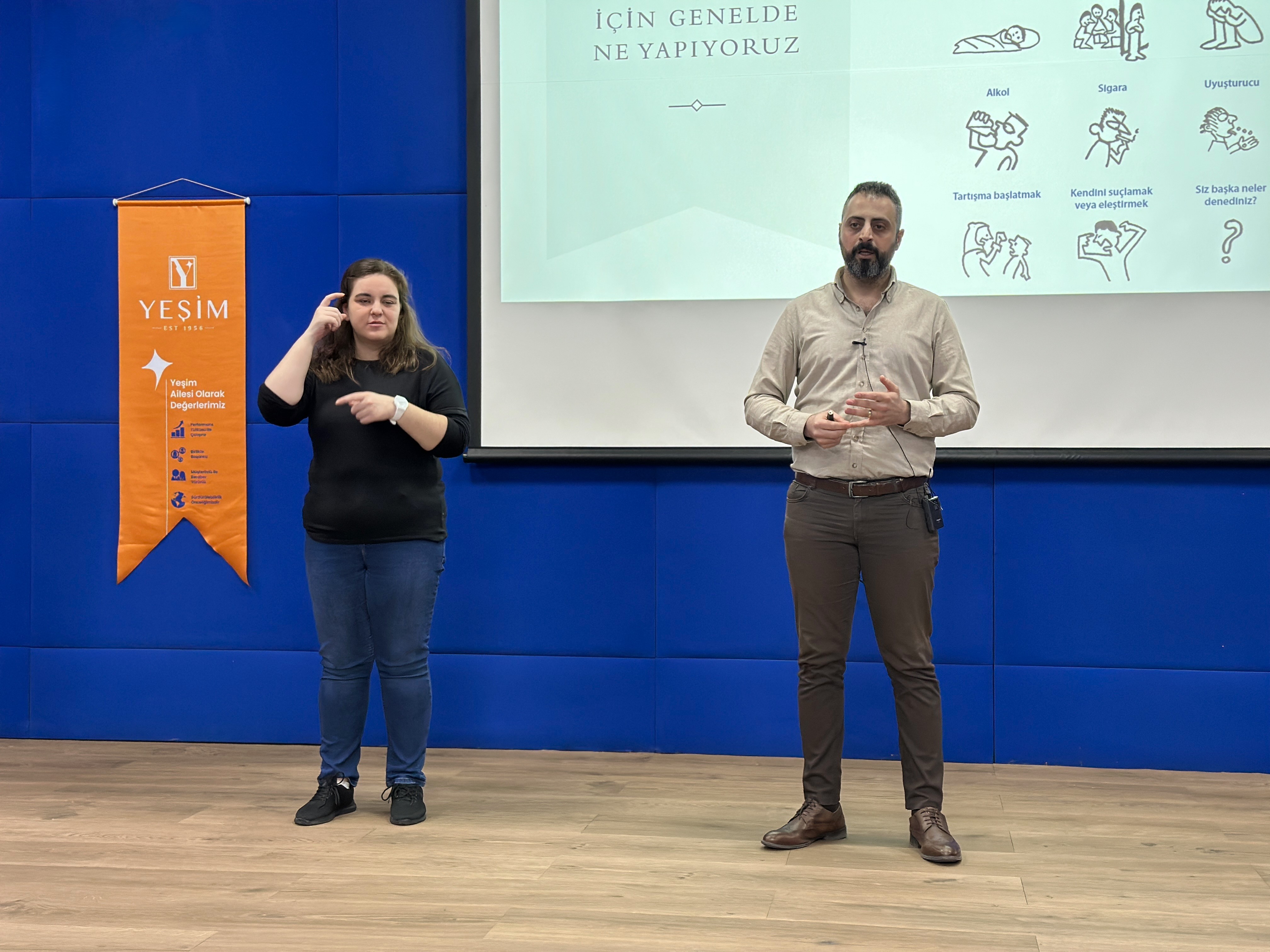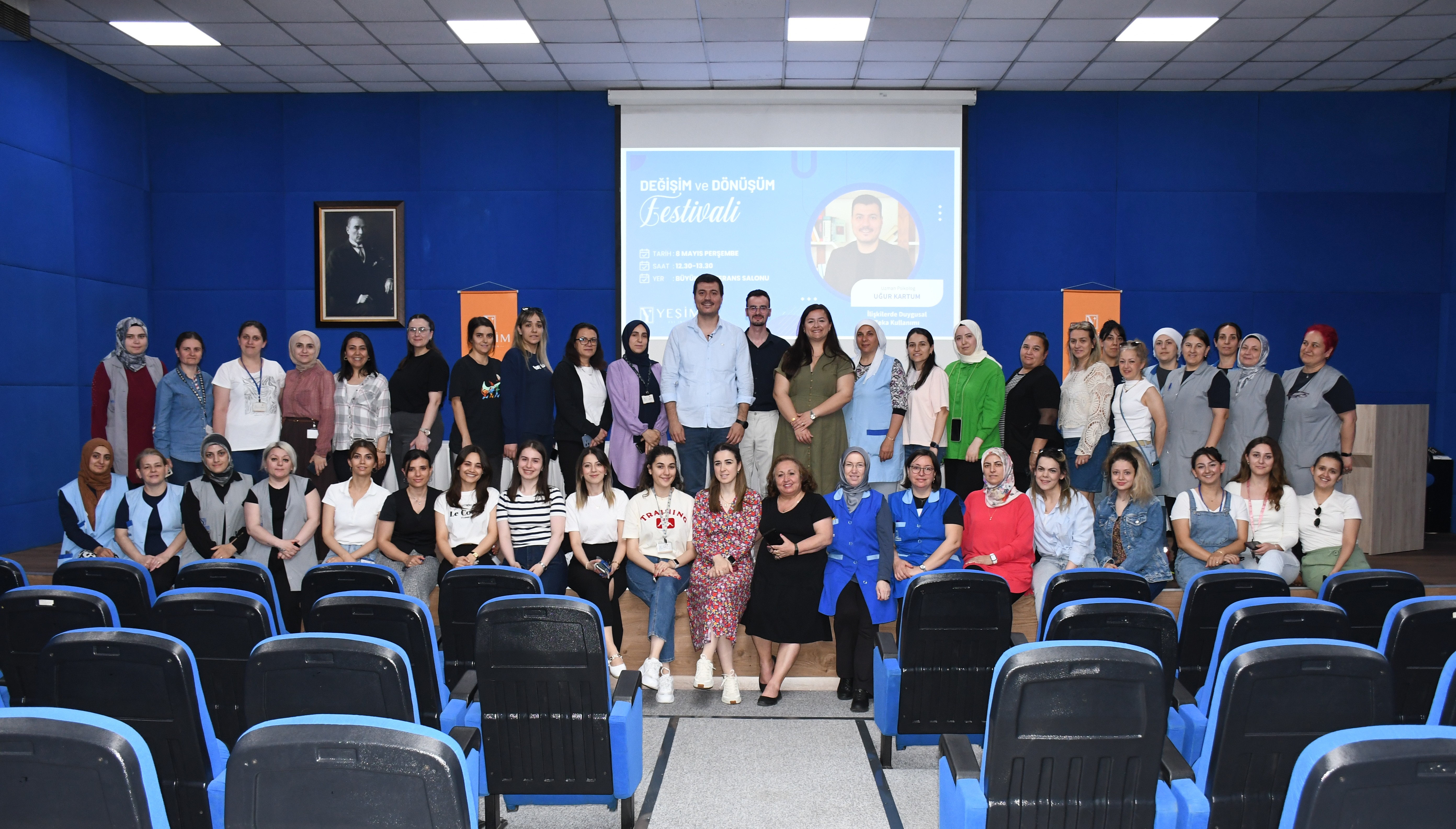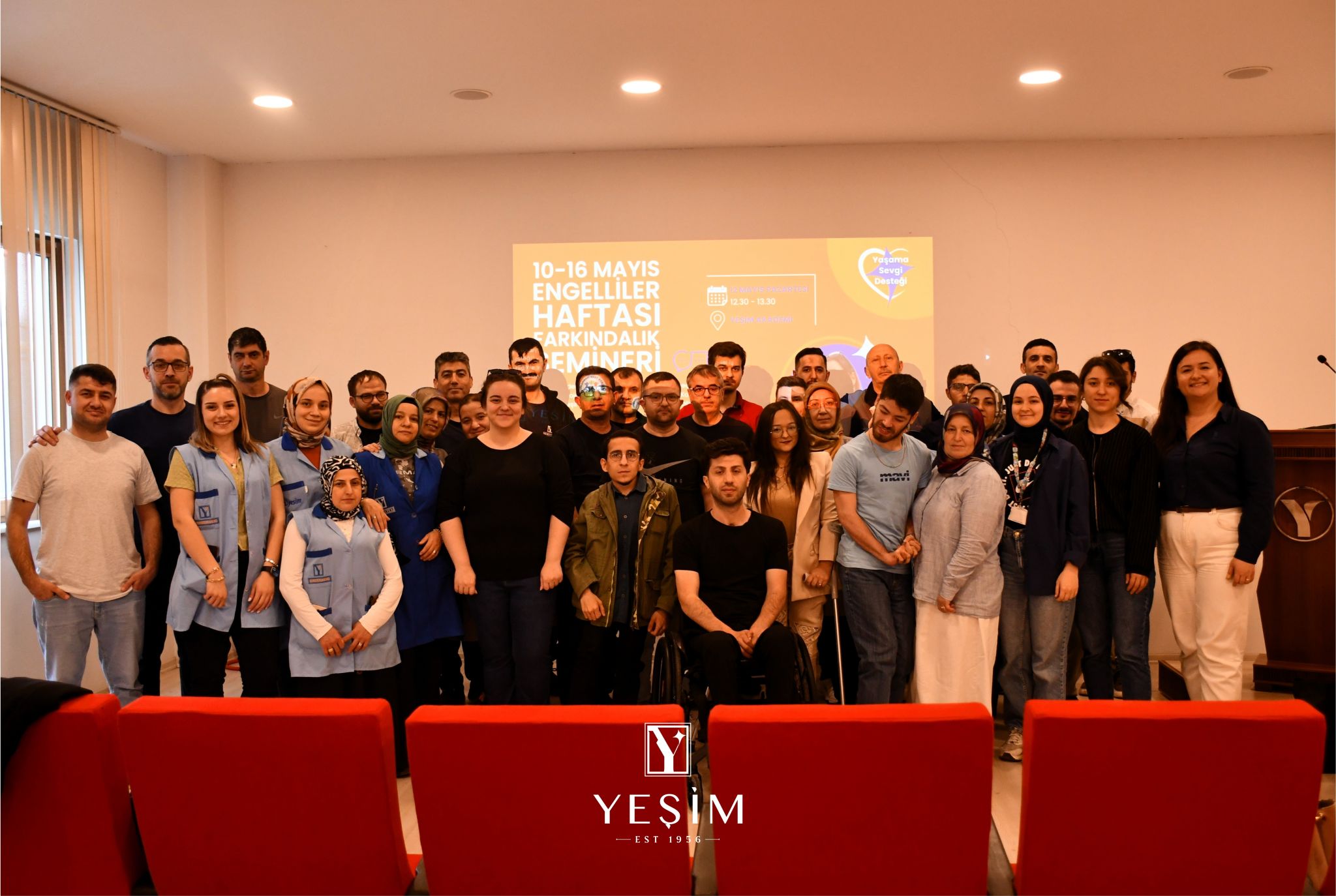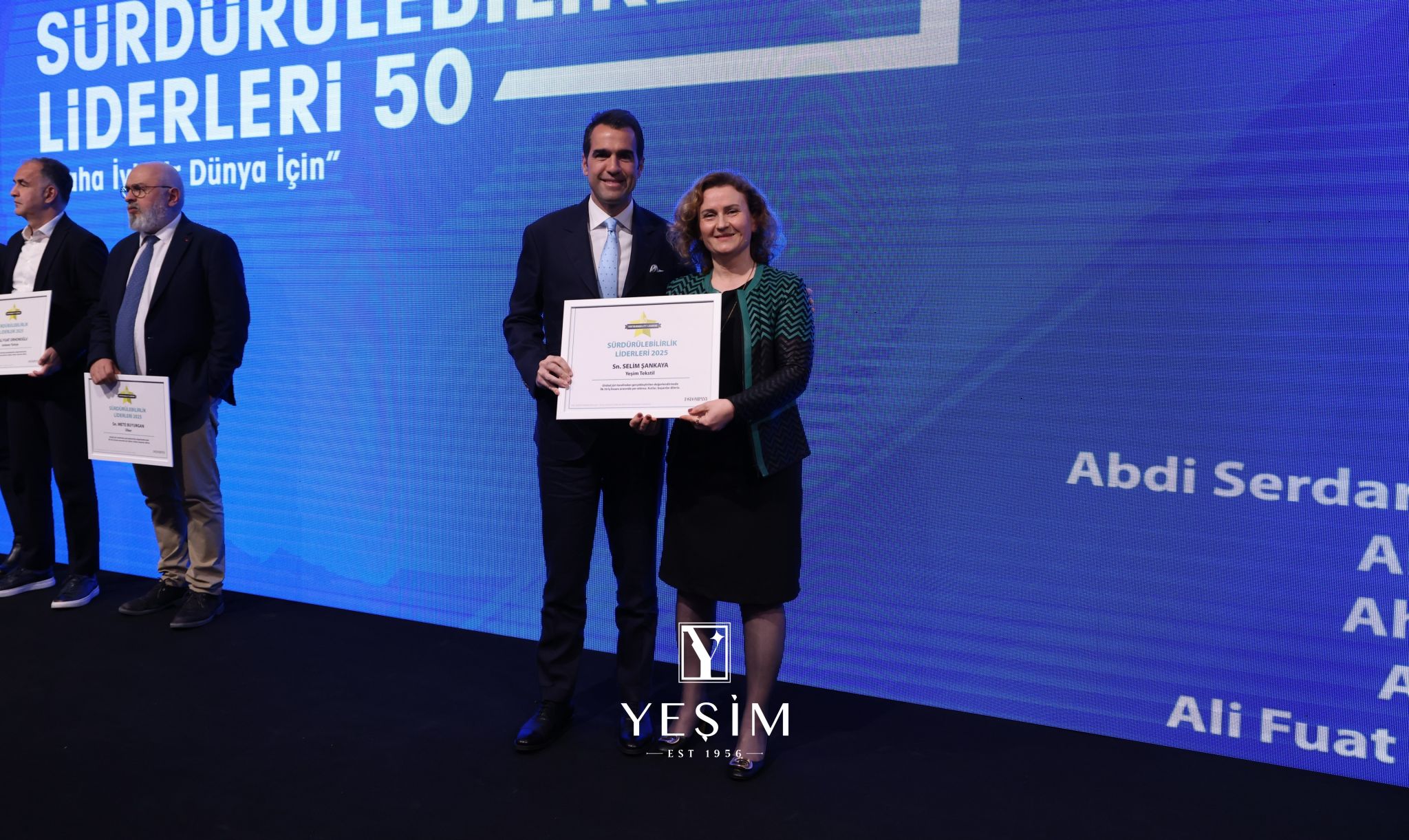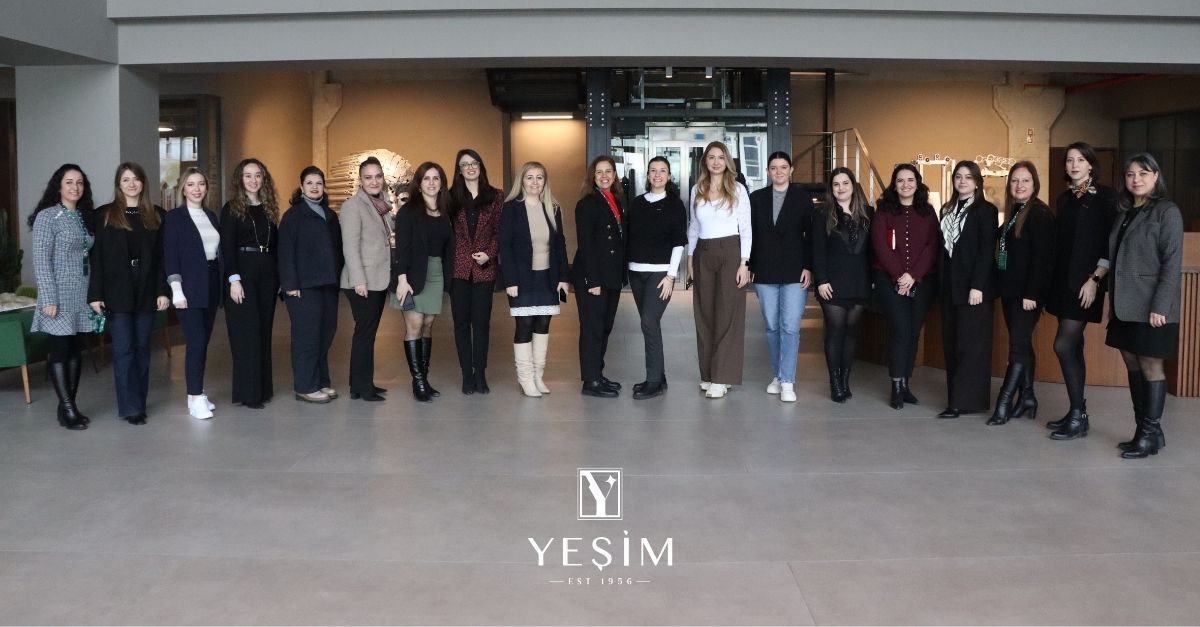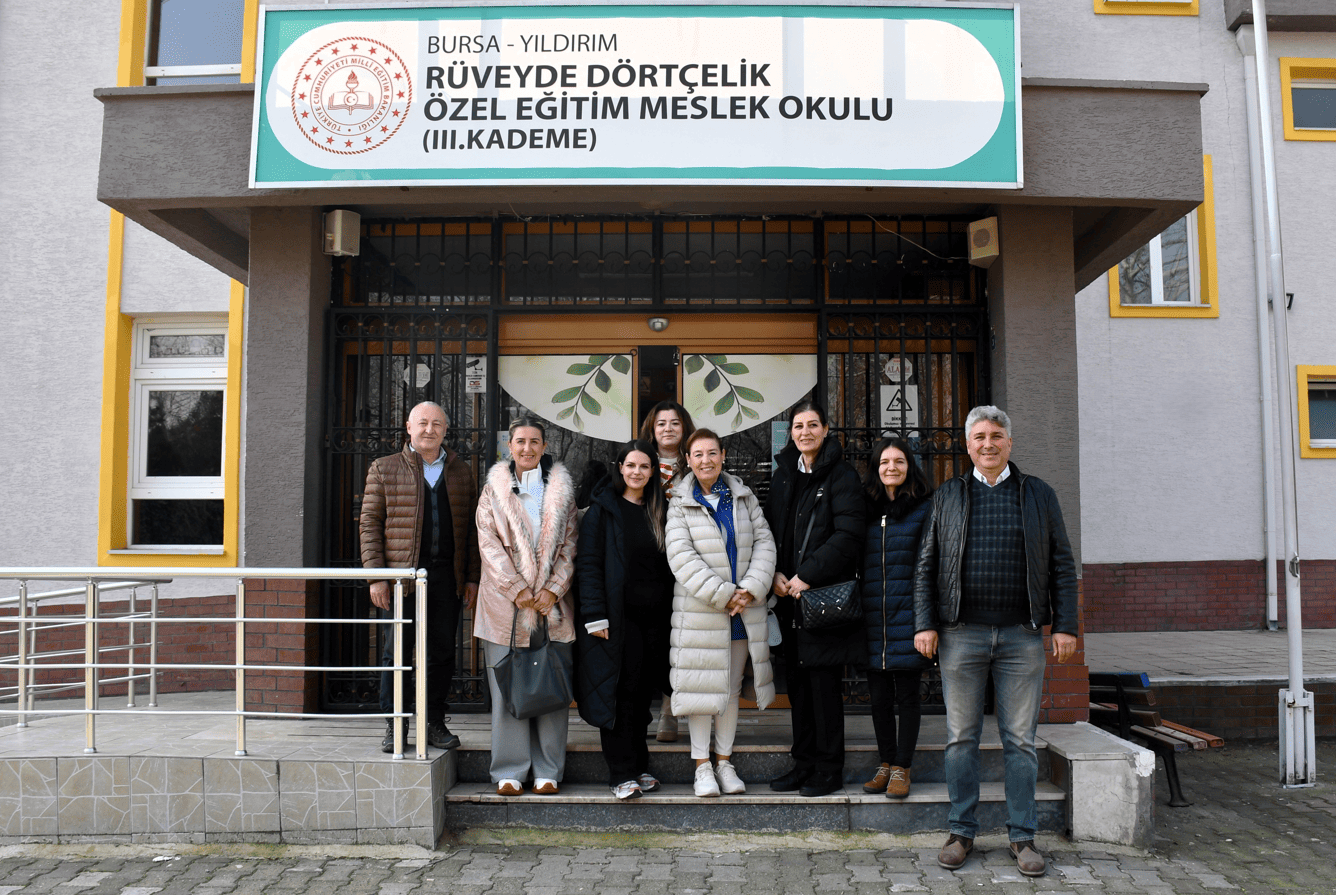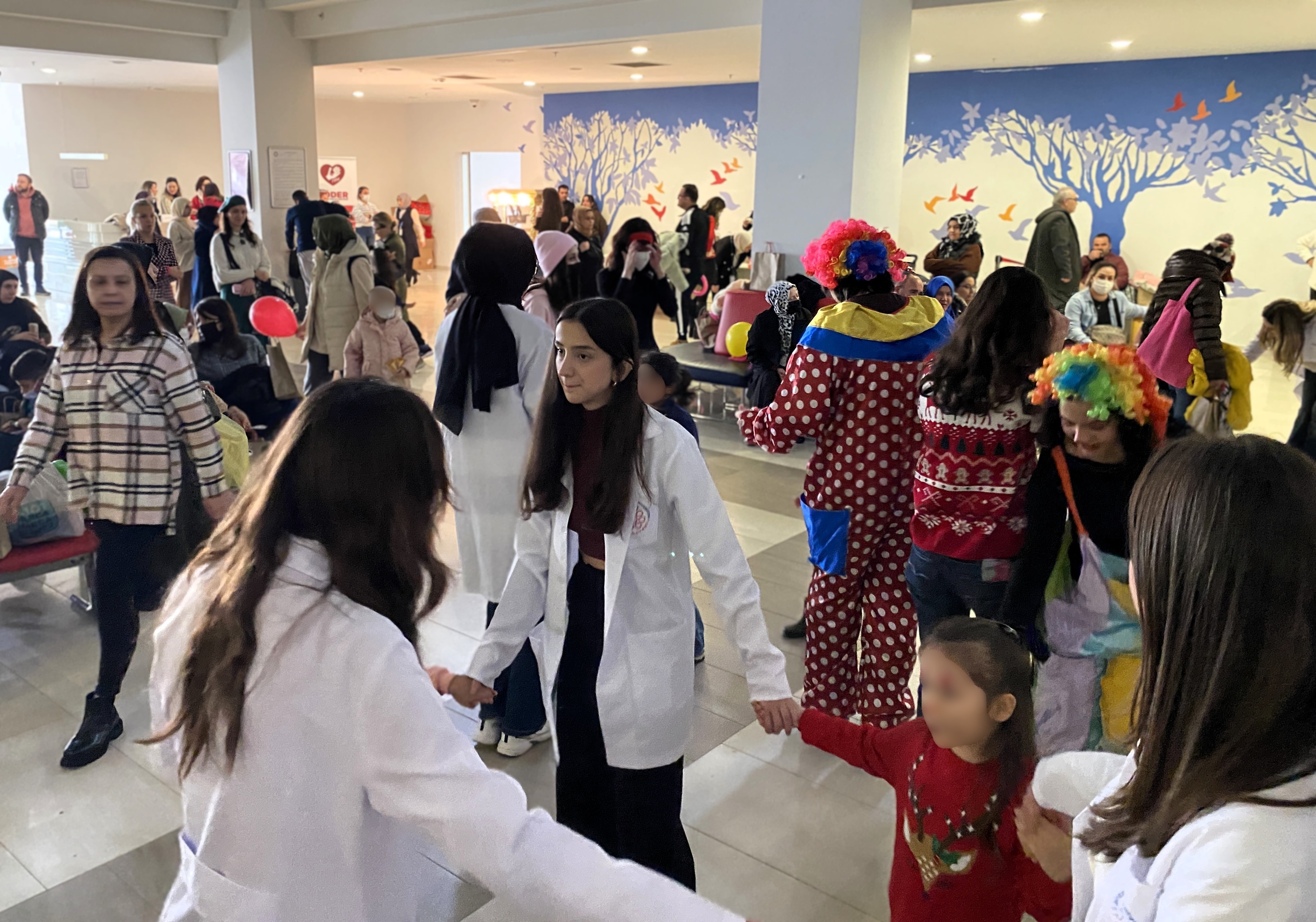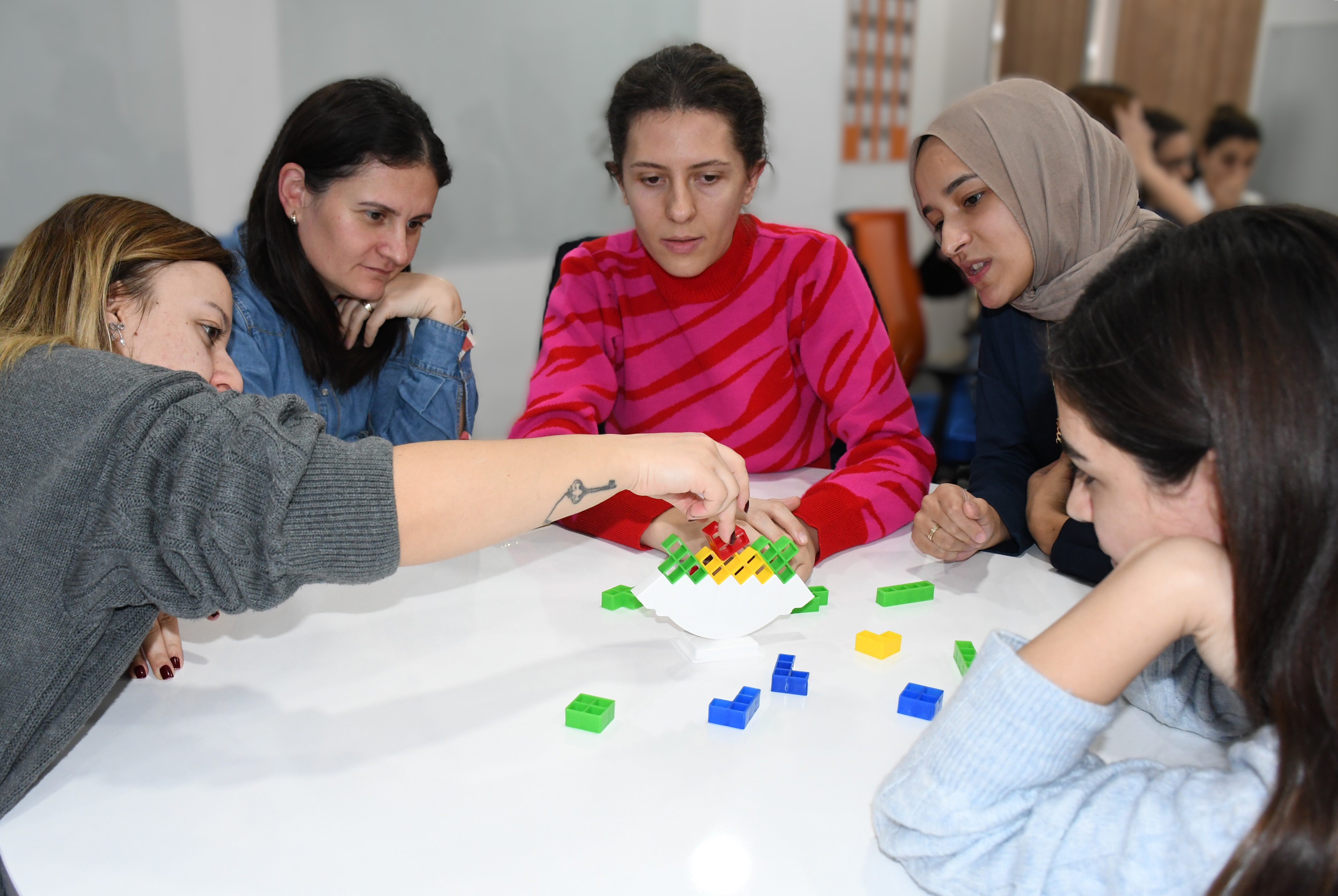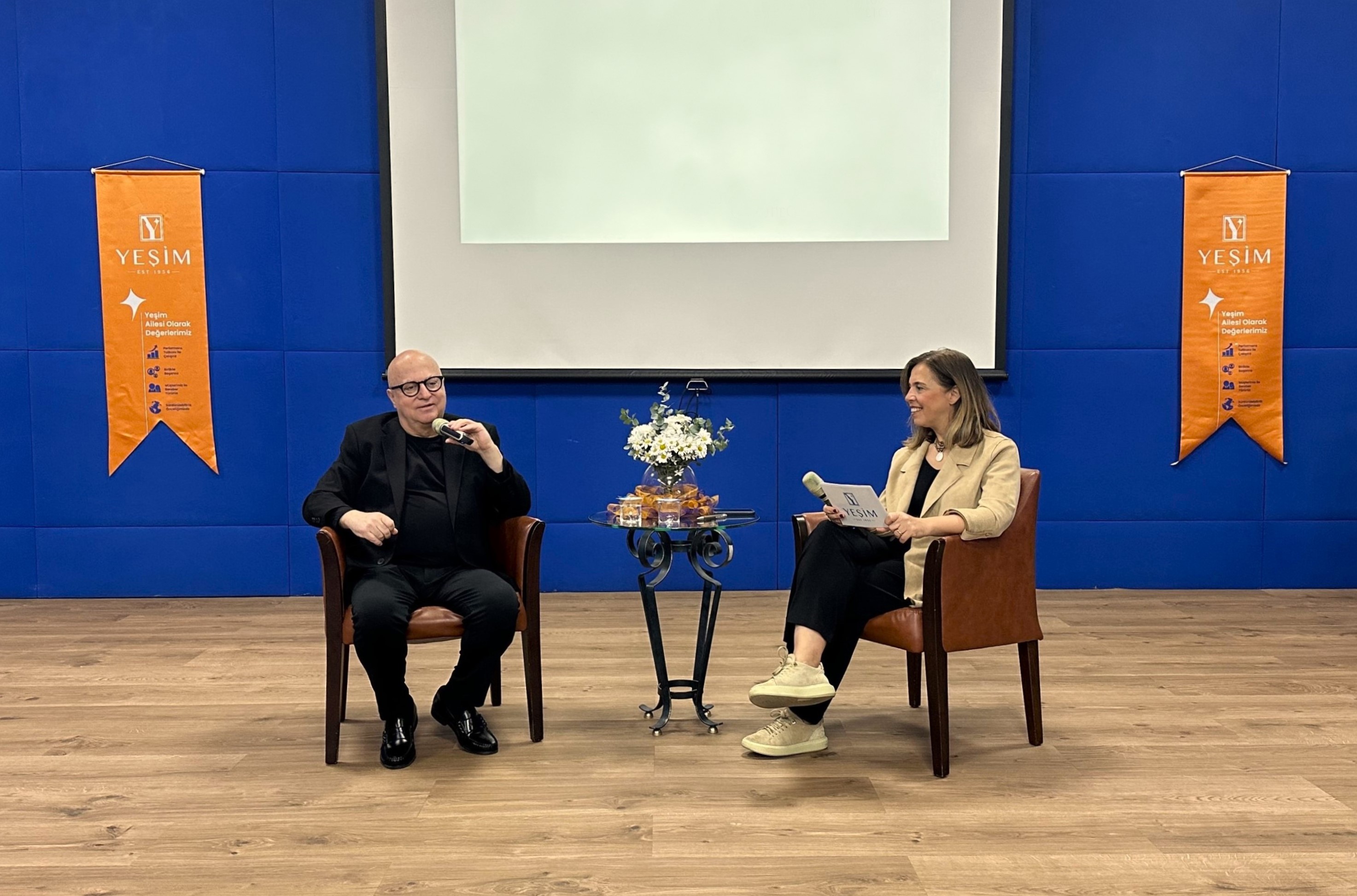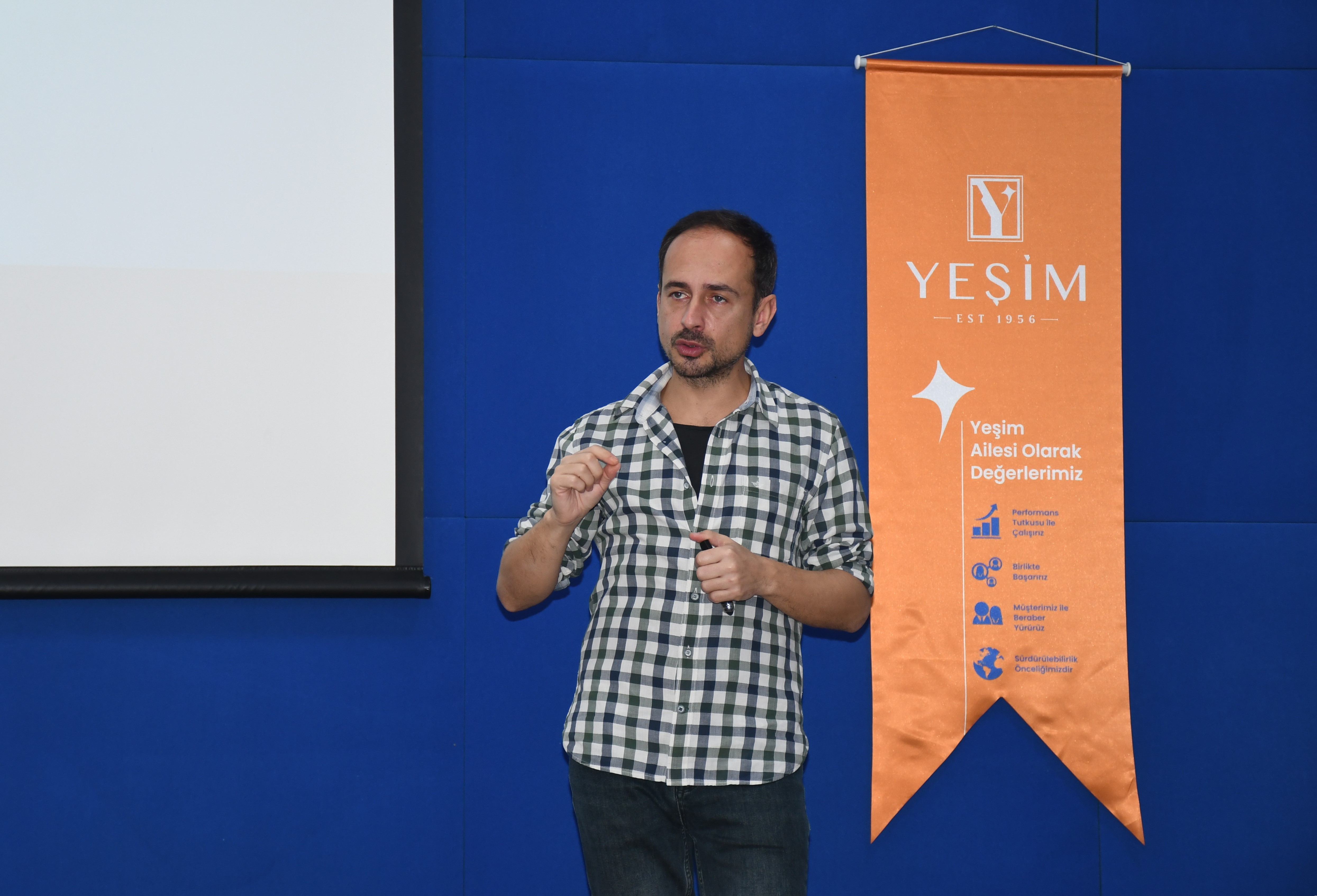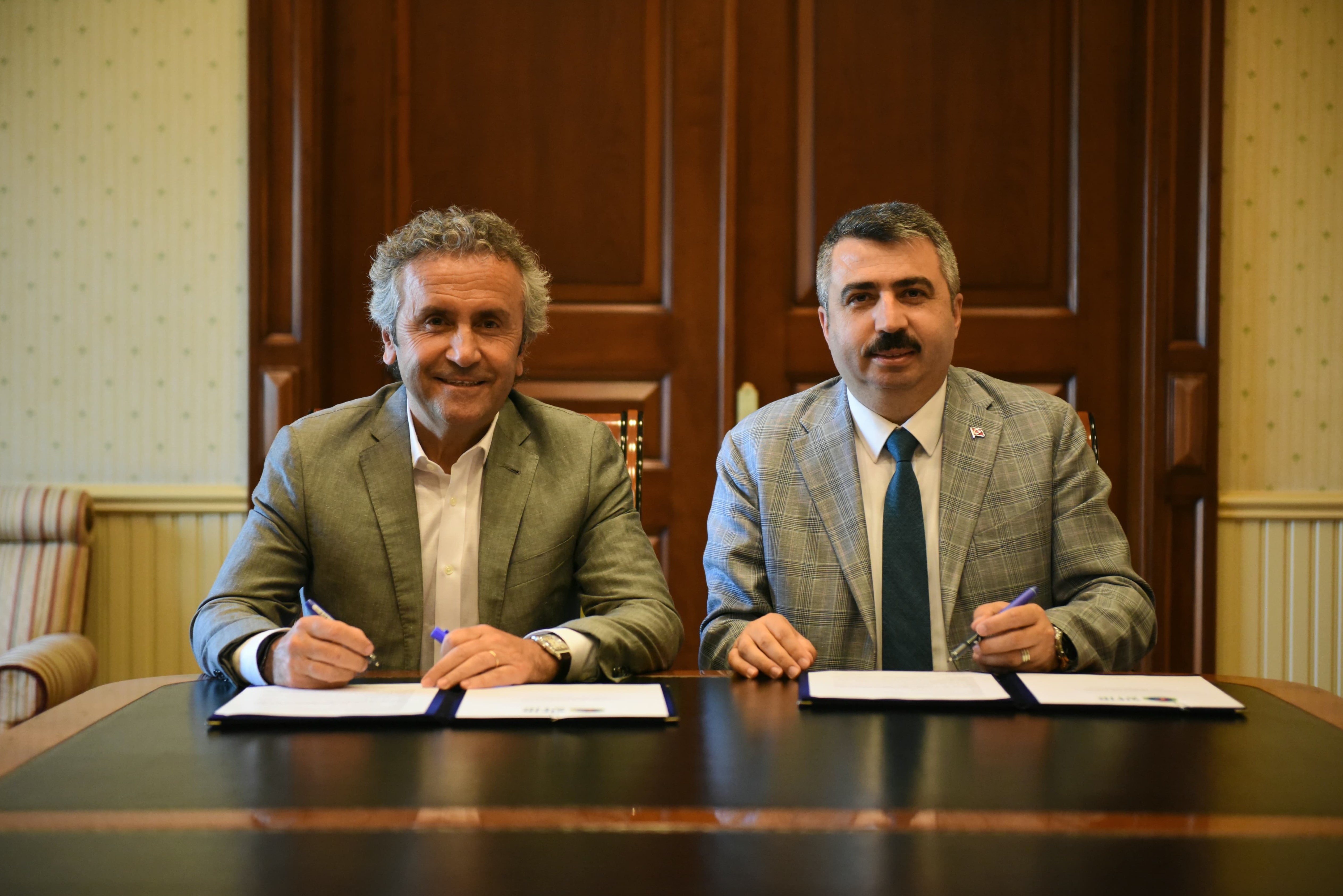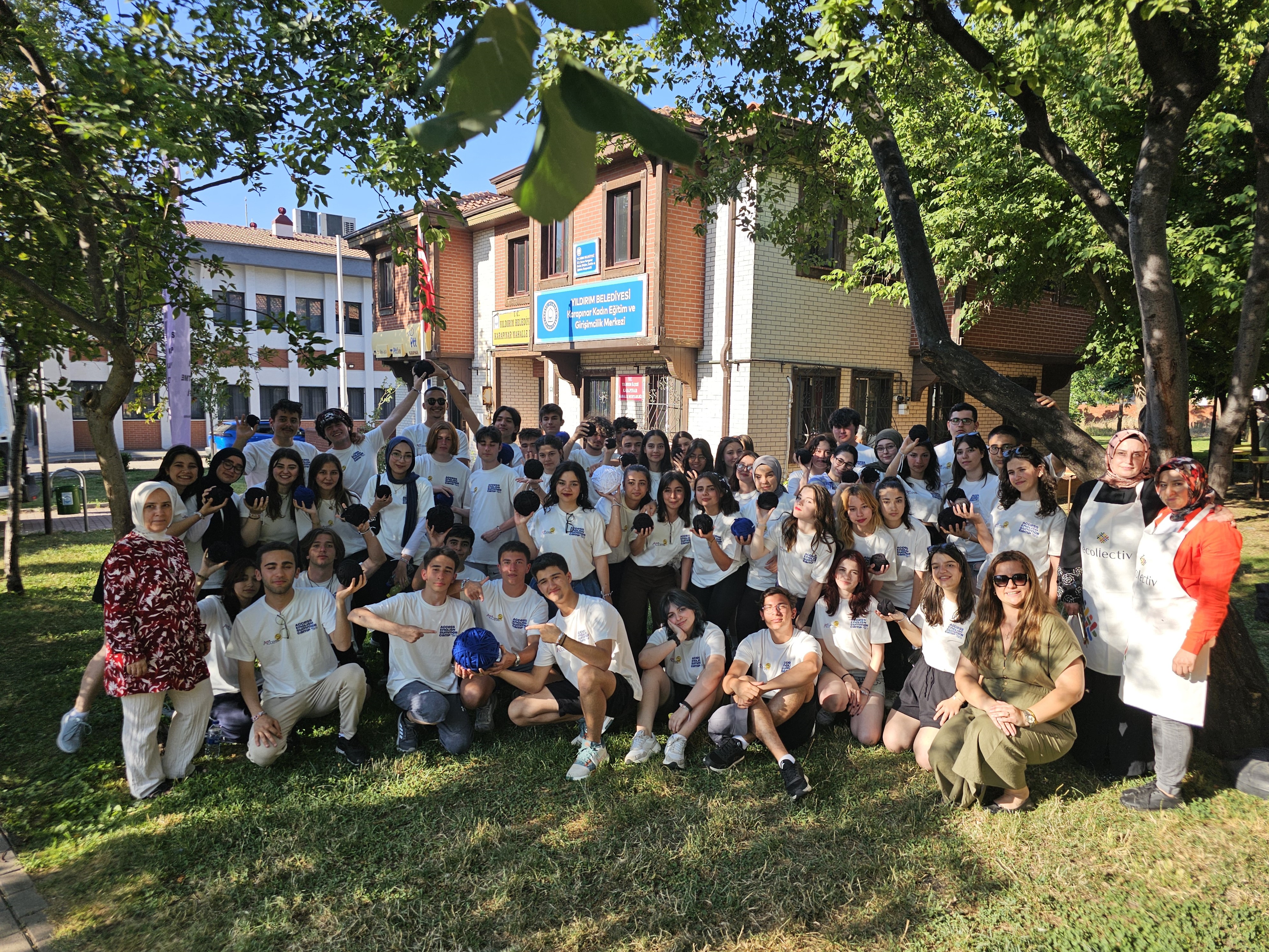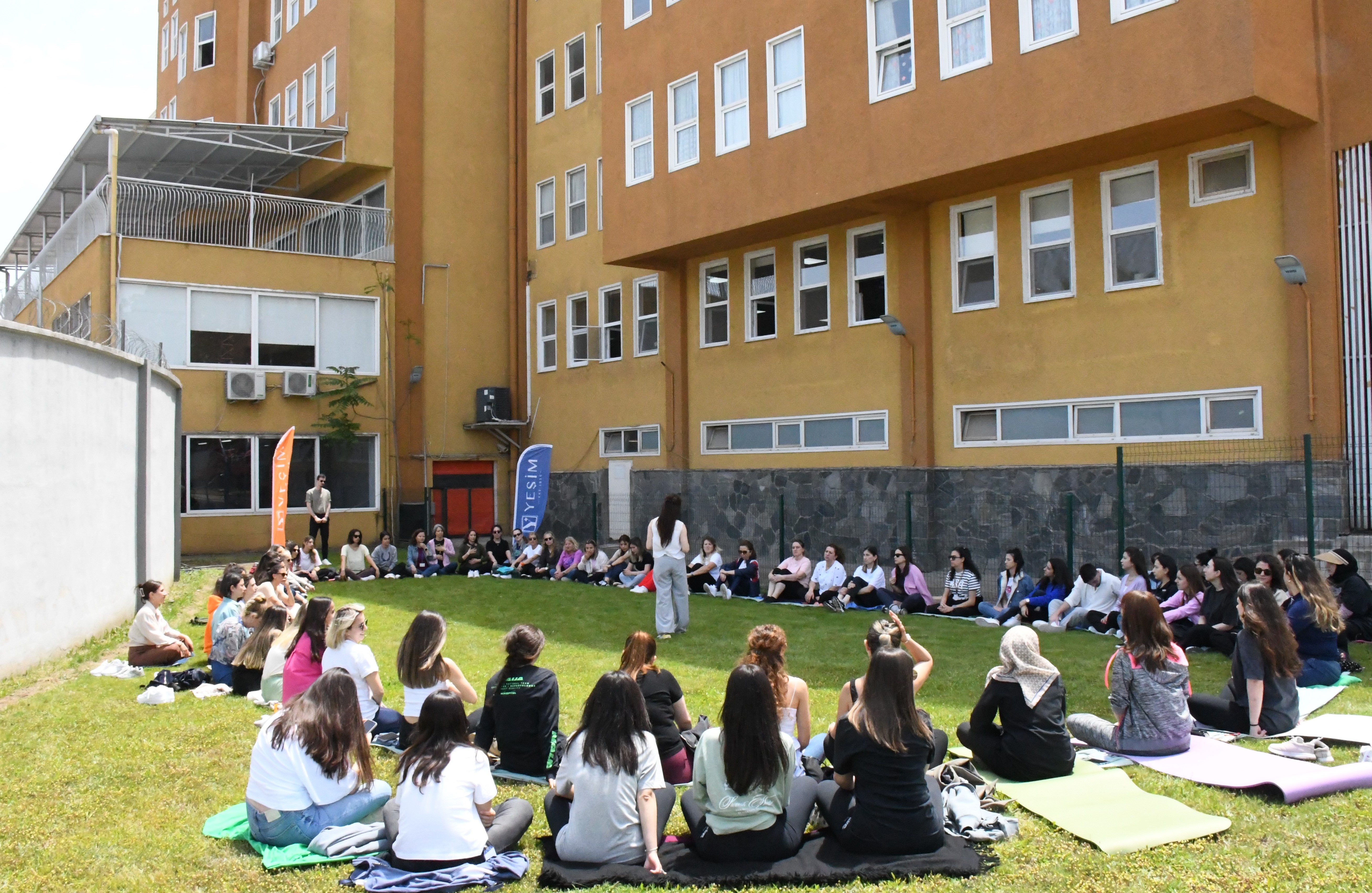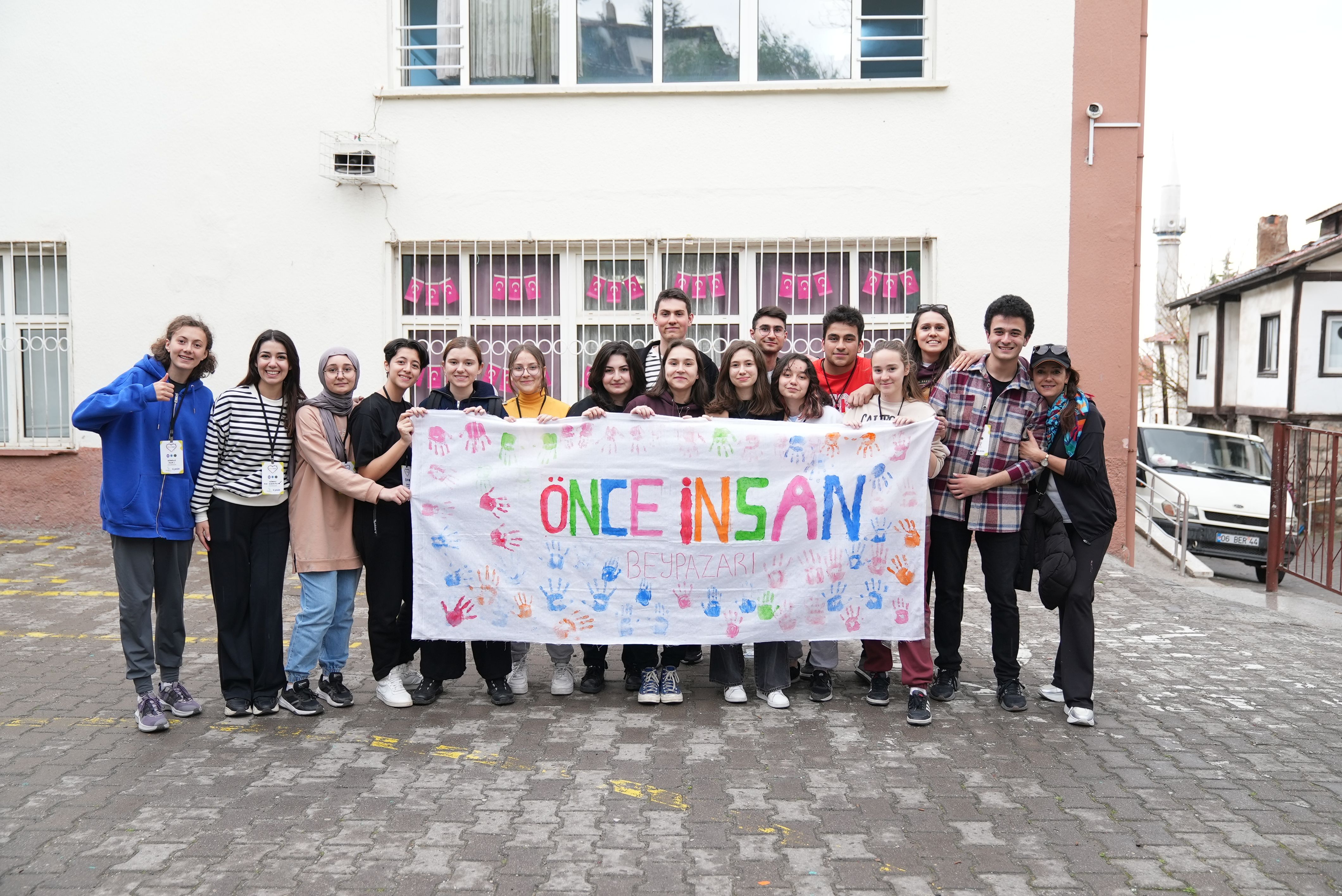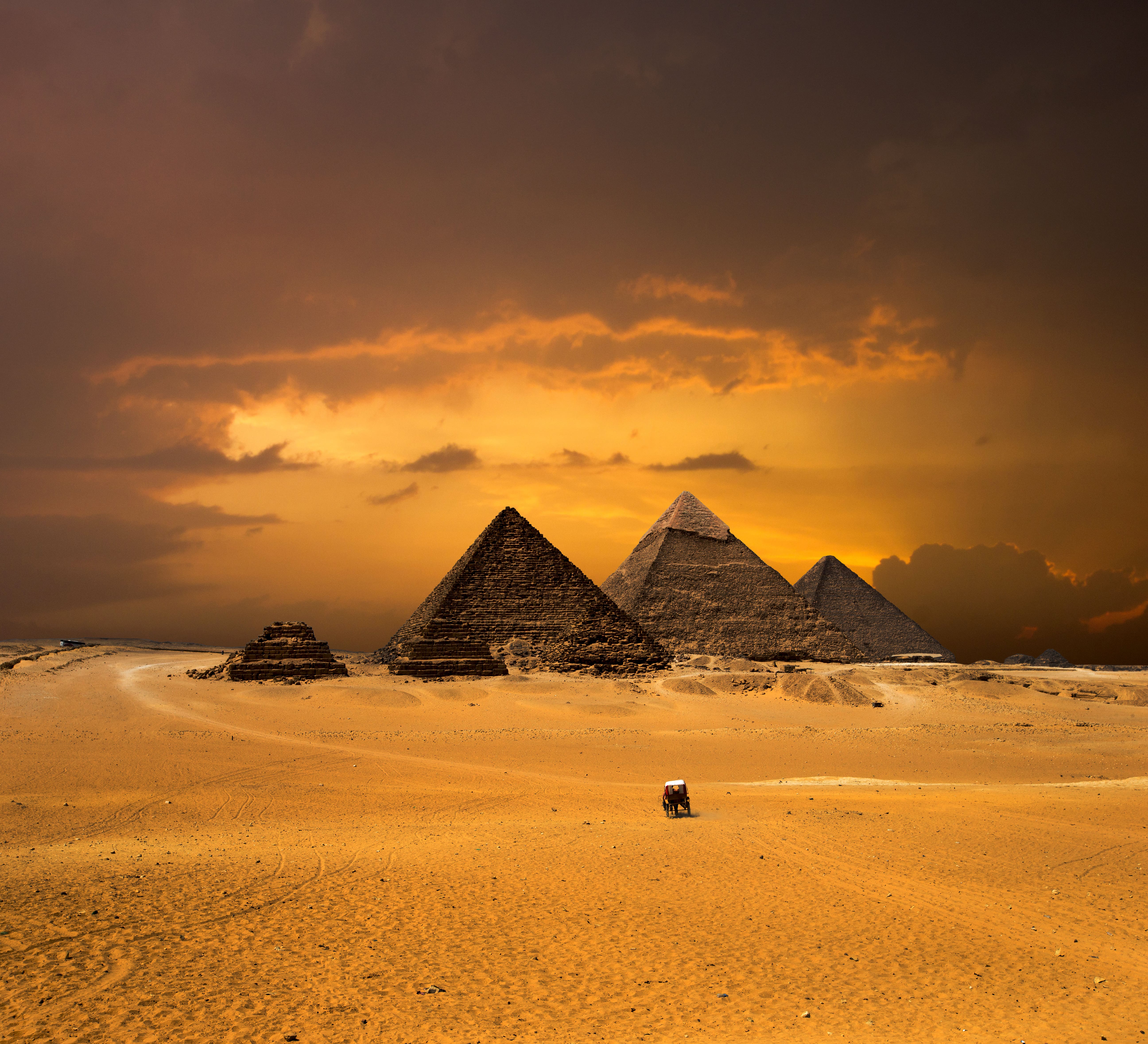Göbeklitepe: Time Travel Betweeen The Stones
The warm lands of Şanlıurfa are home to a secret that transcends the ages: Göbeklitepe. These ancient temples, which rose in the depths of Anatolia thousands of years before the Egyptian Pyramids, promise visitors a true journey through time.
Göbeklitepe, where every step smells of history, offers an extraordinary experience with its history dating back to 10,000 BC. Away from the noise of the city and surrounded by the greenery, this archaeological wonder is like a time capsule hidden among the stones.
 This is Göbeklitepe, which was discovered in 1995 by German archaeologist Klaus Schmidt, and caused a great excitement around the world. Shedding light on 12 thousand years ago, this temple complex is thought to have been built between 10,000-8,000 BC. However, what is really interesting is that Göbeklitepe is thousands of years older than the Pyramids in Egypt and the Stonehenge in England.
This is Göbeklitepe, which was discovered in 1995 by German archaeologist Klaus Schmidt, and caused a great excitement around the world. Shedding light on 12 thousand years ago, this temple complex is thought to have been built between 10,000-8,000 BC. However, what is really interesting is that Göbeklitepe is thousands of years older than the Pyramids in Egypt and the Stonehenge in England.
Göbeklitepe also shows that people practiced complex religious rituals before the transition to sedentary life. This reflects humanity’s belief in unity and solidarity. In addition, Göbeklitepe is important evidence of humanity’s bond with nature. It is a reminder of the steps that need to be taken for a sustainable future.
Göbeklitepe also points to the fact that people should follow their dreams. Göbeklitepe’s appearance on the stage of history coincides with the end of the Pleistocene ice age and the beginning of the Holocene epoch. It is not only a collection of stone structures, but also a witness to a great transformation of nature and humanity.
Graham Hancock’s theory is that Göbeklitepe is more than a temple; it bears the traces of a historical transition. After the great disaster in the Pleistocene epoch, these temples rose, perhaps as humanity’s mystical response to this change. Perhaps Göbeklitepe was part of a universal message honoring the human’s bonds with nature.
An interesting connection emerges between these ancient temples and the Egyptian Pyramids. These structures dating back to the post-Pleistocene epoch may show a similarity between the extraordinary architectures of Egypt and Göbeklitepe. This similarity between the two cultures perhaps reflects the interaction of these civilizations with each other in the past.
Şanlıurfa, the city where Göbeklitepe is located, is ready to welcome its visitors. Having been on the UNESCO World Heritage Tentative List for years, Göbeklitepe has now been registered as a permanent heritage site. This is a big step towards increasing the tourism potential of the region..jpg)
As a common heritage of humanity and an archaeological site that inspires all humankind, Göbeklitepe lifts the veil of mystery. It also carries an important message showing that humans have managed to live in harmony with nature, that they can achieve great things by cooperating with each other and that they should follow their dreams.
Visiting Göbeklitepe means getting lost among the stones. It means to feel the texture of thousands of years ago and intertwine with history while walking around the temples. Perhaps Göbeklitepe opens the door to a story beyond the stones, a story hidden in the unknown history of humanity.
Şanlıurfa promises an unforgettable trip with its rich cuisine, historical sites and warm hospitality as well as Göbeklitepe. The mystical atmosphere of Göbeklitepe awaits those who want to explore this ancient city.
And there is a story that integrates with this ancient atmosphere; a story that merges with nature, history and most importantly humanity. This story is the story of the time and values lost among the stones. It is here that we can find the values that are integral to this mysterious place: sustainability, respect, and putting people first. Between the stones, Göbeklitepe holds not only the past, but a heritage and values. Göbeklitepe is more than an ancient heritage, it is the collective knowledge of a community, a culture and humanity. This is why everyone who visits Göbeklitepe not only goes beyond the stones, but also meets the values of today and tomorrow while following the traces of the past.


